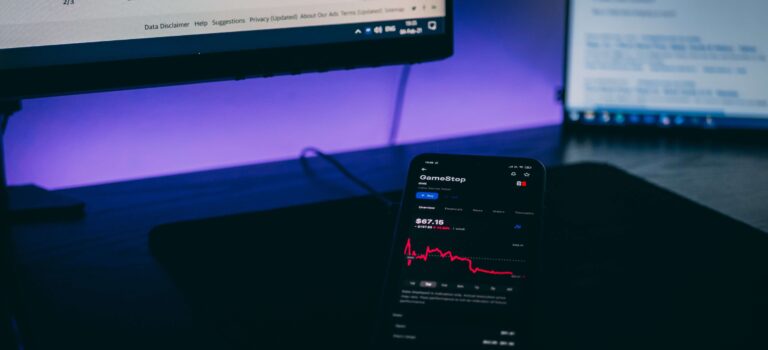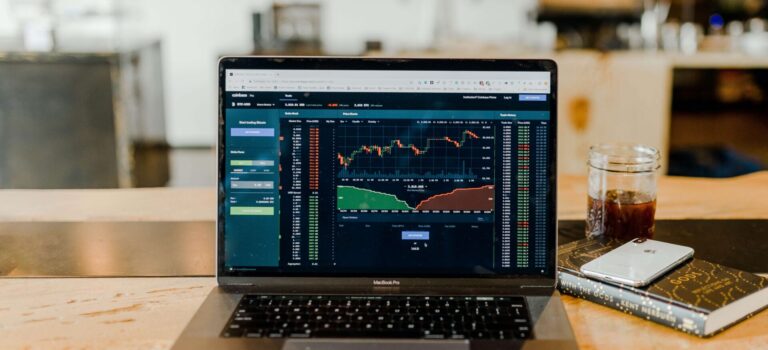The Investor Guide to Fidelity Funds for December 2022 is AVAILABLE NOW! December Data Files Are Posted Below Market Perspective: Value Stocks Continue to Lead Equities extended their rally to more […]


The Investor Guide to Fidelity Funds for December 2022 is AVAILABLE NOW! December Data Files Are Posted Below Market Perspective: Value Stocks Continue to Lead Equities extended their rally to more […]

The November Issue of the ETF Investor Guide is AVAILABLE NOW! Links to the November Data Files have been posted below. Market Perspective: Stocks Surge as Inflation Cools Value stocks led […]

The Investor Guide to Vanguard Funds for November is AVAILABLE NOW! Links to the November data files are posted below. Market Perspective: Stocks Rally as Inflation Cools Equities blasted off their […]

Click Here to view today’s Global Momentum Guide WEEKLY SECTOR MOVERS The MSCI EAFE rallied 8.37 percent last week, the Nasdaq 8.10 percent, the Russell 2000 Index 4.60 percent, […]

U.S. stocks rallied despite the uncertainty surrounding the midterm elections and the release of October consumer price data. For the week, The Dow finished up 4.1 percent. The S& 500 gained 15.9 percent, and the Nasdaq 8.1 percent.
We have been waiting for Consumer Price Index numbers to finally reflect cooling inflation, and in October a degree of relief. The Bureau of Labor Statistics reported headline inflation climbed 0.4 percent and core inflation 0.3 percent. The 12-month inflation rate fell to 7.7 percent. The past four months of lower inflation readings annualize to 5.5 percent core inflation.
Mortgage rates continued to rise last week. According to Freddie Mac, the rate for a 30-year fixed-rate mortgage rose from 6.95 percent to 7.08 percent. The rate for a 15-year fixed-rate mortgage rose from 6.29 percent to 6.38 percent.
No doubt the biggest question on investors’ minds is the short and long-term effects of the midterm elections. In the lead-up to the election, stocks had been trading as if the Republicans, typically seen as pro-business and market, gain of the House of Representatives. This could create the stage for gridlock and stall virtually any legislation that could disrupt markets. Historically, the S&P 500 has outperformed the market in the year following a midterm, posting an average return of 16.3 percent according to information from U.S. Bank.
On Monday, the Federal Reserve announced that consumer credit rose $25 billion in September. Revolving credit rose by 8.7 percent in September and by 12.9 percent for the third quarter. This reflects the fact that consumers are continuing to rely on credit cards to help ends meet in the face of continued inflation.
On Tuesday, the National Federation of Independent Business released its report showing that small business optimism fell to 91.3 in October, which is below the historical average of 98. Small business owners expressed a pessimistic outlook regarding sales growth and overall business conditions. The number of business owners looking to increase their workforces over the next three months fell to 20 percent but is still over the historical average. Nearly half of those surveyed, especially those in the construction, manufacturing, and transportation sectors, reported having open positions that they could not fill. These labor shortages, along with supply-chain disruptions and inflation, have made it difficult for many small businesses to keep up with demand. Half of the respondents reported having to increase the prices of their services and products.
On Wednesday, the U.S. Census Bureau announced that September sales of merchant wholesalers rose 0.4 percent to $699.9 billion. Merchant wholesalers posted $918.5 billion in total inventories, which was up 0.6 percent from August. The inventory/sales ratio for September was 1.31, which is up 0.1 percent from a year ago.
Thursday saw the release of the October Consumer Price Index. The index rose 0.4 percent from September. The majority of the increase was seen in the shelter, gasoline, and food indexes. The energy index rose by 1.8 percent, and the food index rose by 0.6 percent.
The Bank of America Institute announced last week that discretionary consumer spending grew by 2.9 percent in October, which is slightly slower than September. Since last year, consumer credit and debit card spending has increased by 8 percent with card spending by household increasing by 3.1 percent. The greatest increase in discretionary spending was seen in households with annual incomes of $50,000 or more, which is likely due to the disproportionate impact of inflation on lower-income groups.
Key Reports to Look for This Week
The economic calendar for the week of November 14 through 18 includes:
Monday:
• Inflation, Federal Reserve
Tuesday:
• Producer Price Index, U.S. Bureau of Labor Statistics
• Empire State Manufacturing Index, Federal Reserve
• Real Household Debt, Federal Reserve
• Real Mortgage Debt, Federal Reserve
Wednesday:
• Retail Sales, U.S. Census Bureau
• Import Price Index, Bureau of Labor Statistics
• Industrial Production, Federal Reserve
• National Association of Home Builders Index, NAHB
Thursday:
• Unemployment, U.S. Department of Labor
• Housing Starts, U.S. Census Bureau
Friday:
• Existing Home Sales, U.S. Census Bureau
• Leading Economic Indicators, U.S. Department of Commerce